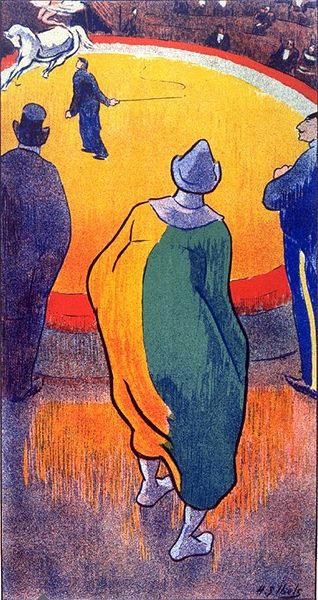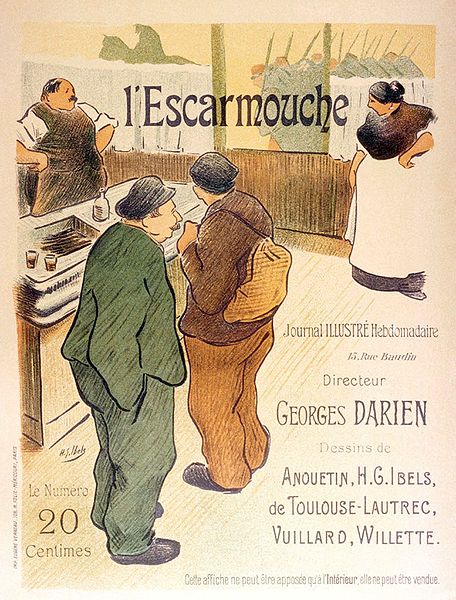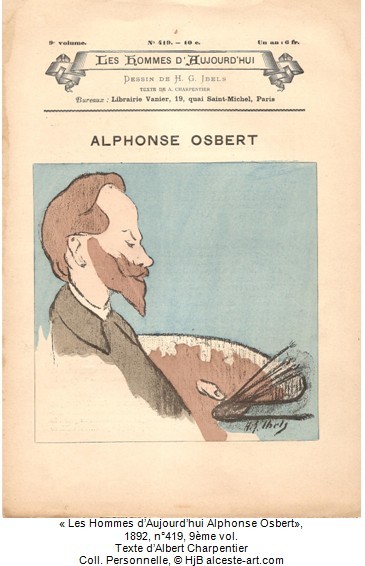<Back to Index>
- Painter René Georges Hermann - Paul, 1864
- Illustrator Henri Gabriel Ibels, 1867
PAGE SPONSOR
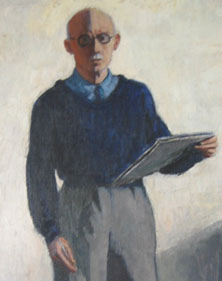
René Georges Hermann-Paul (December 27, 1864 – June 23, 1940) was a French artist. He was born in Paris and died in Saintes - Maries - de - la - Mer.
Recent efforts to catalog the work of Hermann - Paul reveal an artist of considerable scope. He was a well known illustrator whose work appeared in numerous newspapers and periodicals. His fine art was displayed in gallery exhibitions alongside Vuillard, Matisse and Toulouse - Lautrec. Early works were noted for their satiric characterizations of the foibles of French society. His points were made with simple caricature. His illustrations relied on blotches of pure black with minimum outline to define his animated marionettes. His exhibition pieces were carried by large splashes of color and those same fine lines of black. Hermann - Paul worked in Ripolin enamel paint, watercolors, woodcuts, lithographs, drypoint engraving, oils, and ink.
On the eve of the First World War,
he made quite an impression as part of M. Druet's "First Group." As
noted by the Burlington Magazine for Connoisseurs, the exhibition was
"chiefly remarkable for a series of paintings or drawings - it is hard
to say which - by M. Hermann - Paul in a new medium which is simply
ripolin." The
Great War soon intervened and Hermann - Paul would document its tragedy
as well as its foibles. After the war, he underwent several stylistic
changes. In his later years, he produced many works in dry point and ink
depicting his beloved Camargue.
Between 1890 and 1914 he worked as a lithographer (both in color and in black and white) and as an illustrator for weekly publications such as La Faridondaine, Le Courier Français, Le Cri de Paris, Le Figaro, Le Petit Bleu, Gil - Blas and Le Rire. Despite great elegance and beauty, his work was imbued with social criticism from the start. Although the bourgeoisie received the brunt of his mockery, Hermann - Paul prodded all aspects of Parisian society. He was critical of rich and poor alike. He attacked monarchs, paupers, politicians, clerics and elements of the established order. Peripheral players in the art world received particular attention.
As early as 1895 his famous Vie de Monsieur Quelconque and Vie de Madame Quelconque poked holes in the established understanding of the typical aspirations of the middle class in matters both public and private. By 1900 most Parisians familiar with the local news weeklies were aware of the artist's work. He was a staunch defender of Captain Alfred Dreyfus, whom he considered an innocent man. The artist's suspicions were substantiated after one of Dreyfus's accusers broke down under interrogation. Hubert - Joseph Henry confessed that the damning documents were actually forged. After Henry slit his throat in prison, Hermann - Paul produced a cartoon in which two people stand over the fresh grave of Major Henry. One says to the other, "This one, at least, won't give us any trouble." Avec celui-là au moins on est tranquille.
During this time, Hermann - Paul produced work in the "intimiste" style which often depicted bourgeois settings populated by women sipping tea or quietly sewing. The term was coined – derisively, it seems – by Édouard Vuillard who used it to describe his own style. Other practitioners include Maurice Lobre, Hughes de Beaumont, Henri Matisse, Rene Prinet and Ernest Laurent. The Intimists first collective exhibition was shown at Henry Grave's galleries in 1905. The exhibition included several works by Hermann - Paul.
From the onset of the First World War until
its conclusion in 1918, Hermann - Paul depicts the conflict and its
atrocities. Early pieces display German crimes of rape and pillage that
were not out of line with charges raised by the Belgians during the
invasion and subsequent occupation of that country. His later work
begins to undermine notions of patriotism and pacifism. Hermann - Paul
depicts Gen. Joseph Joffre in
a gallant pose as his men go over the top behind him. Glory awaits the
general who stands safely behind the conflict while the violent reality
of war greets the soldiers who obey his orders. In July 1915,
Hermann - Paul depicts a couple in love as they bask in the sun of a
beautiful summer day. The war intrudes. He is wounded and walks with a
cane. Many such illustrations were published in La Victoire and La Guerre Sociale.
Hermann - Paul created his first woodcuts during this period. They are
in
color and black and white. The medium helped accentuate the sparse
style and simplified forms that characterized his illustrations. After
the war, he published a morbid series of woodcuts in book form, The
Dance With Death La danse macabre; vingt gravures sur bois.
The series depicts death's passage through the modern world. Men are
depicted as isolated and lonely creatures. The meaning of individual
works is not always clear but the series is a firm indictment of modern
mechanized warfare.
After the war, woodcuts, both used as fine arts prints and as illustrations for books become his media of predilection. Despite a large number of reproductive illustrations for Candide, Hermann - Paul became mostly a fine artist after 1920. His inspirations become more literary than journalistic and his style evolved from a belle époque line to a modernist simplification. It is unjust to just list a few publications, as so many of Hermann-Paul's woodcut illustrations from the 1920s and 30s deserve praise, however one should particularly mention La Génèse (Léon Pichon, Paris – France, 1921), Oeuvres de François Villon (Léon Pichon, Paris – France, 1922), Douze Dessins pour l’Amour de Goya (Editions du Balancier, Liege – Belgium, 1932), and Don Quichotte (Editions du Balancier, Liege – Belgium, 1932).
Hermann - Paul practiced some painting on canvas, but is certainly not remembered for it. First and foremost his contribution to the art world resides in his daring composition of the 1890s and 1920s in lithography and in woodcut respectively. His many book illustrations, both reproductive and original also deserve much praise, as does his immense production of journalistic satire in the 1890s through the end of the 1910s. The unique works of art that should be remembered are beautiful works on paper: pastels, color drawings, watercolors and preparatory pencil sketches for his publications.
During the 1980s, the Zimmerli Museum at Rutgers acquired no fewer than 150 pieces by the artist. They
demonstrate a range of expression for which few collectors had
previously given him credit. Interest has recently surged since
Hermann - Paul’s work was rediscovered by a larger public through the auction of his earlier pieces in October 2000 in Chartres. Many drawings and prints currently on the market bear the stamp of this sale on the verso.
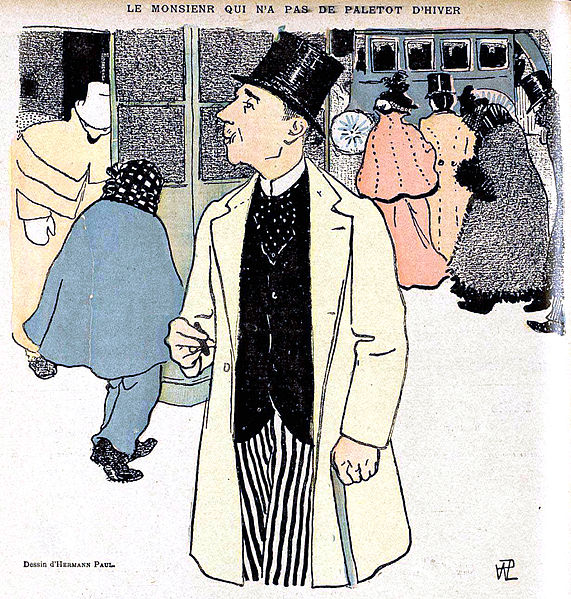
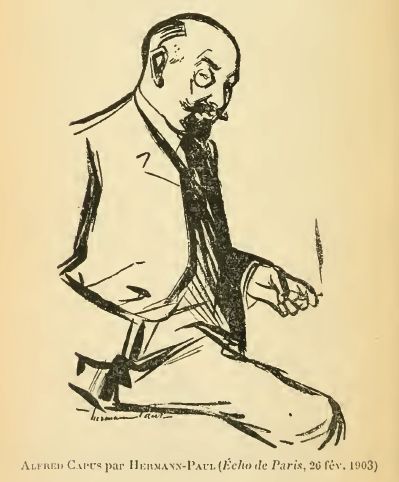
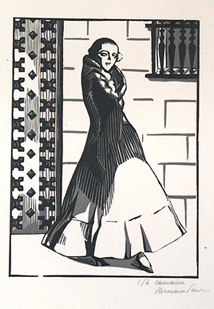
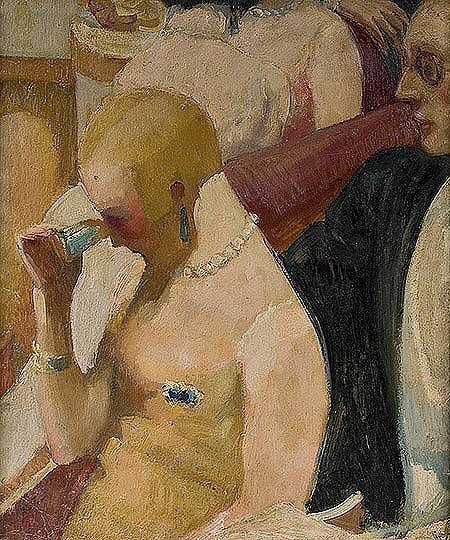
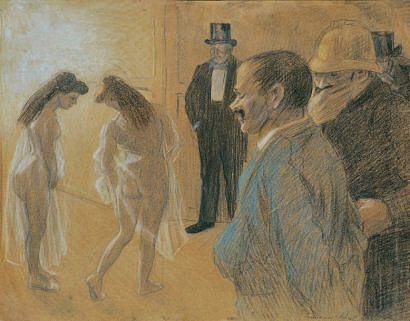
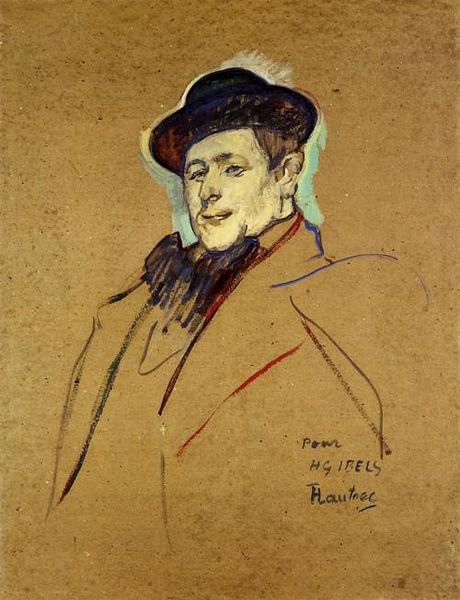
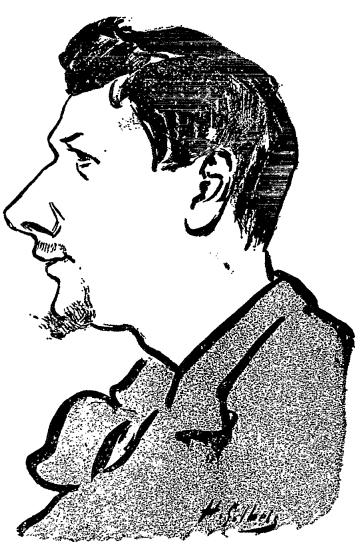
Henri Gabriel Ibels (30 November 1867 Paris - February 1936 Paris), was a French illustrator, printmaker, painter and author.
He studied at the Académie Julian with Pierre Bonnard and Édouard Vuillard and was a member of Les Nabis from its 1889 founding. Other members were Gauguin, Utrillo, Félix Vallotton and Emile Bernard. Ibels took part in Les Nabis’ exhibitions at Le Barc de Boutteville gallery. With Vuillard and Maurice Denis he soon caught the public eye and earned the nickname ‘le Nabis journaliste’.
Ibels’ images were powerful and heavily graphic, in keeping with the movement that was a generous admixture of fine art, graphic design and advertising, as seen in the lithographs and posters for theater, cabaret, and book illustration.
Ibels drew his inspiration from life on the street, cafés, the circus and boxing ring, as did Adolphe Willette, Henri de Toulouse - Lautrec and Théophile - Alexandre Steinlen. His graphic style owed much to the art of Honoré Daumier, Japanese woodcuts, Paul Gauguin and the Pont - Aven School.
Ibels collaborated with Toulouse - Lautrec and became involved in avant - garde theater. He exhibited at the Salon des Indépendants for the first time in 1891.
